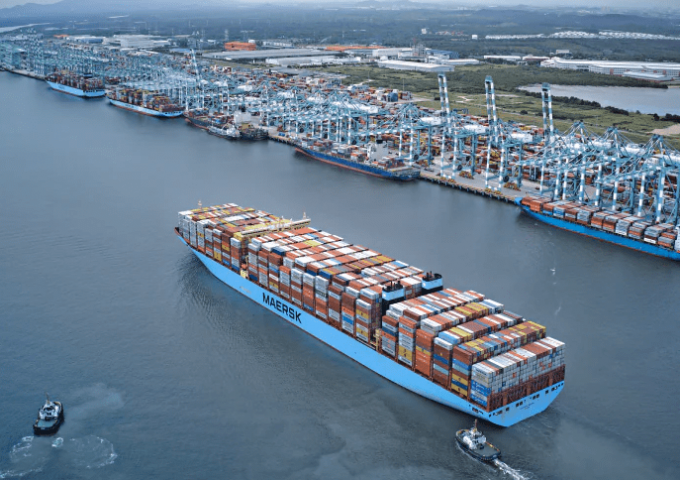Shipping lines are sub-letting tonnage to profit from firm charter market
Charter rates continue to defy the freight market, with HMM sub-letting a chartered vessel to ...

Maersk and MSC are busy reviewing new standalone east-west service opportunities outside their 2M Alliance cooperation, with just 10 months of the vessel-sharing agreement left to run.
However, the Danish carrier’s decision making will be complicated by its partnership with Hapag-Lloyd in ...

Comment on this article